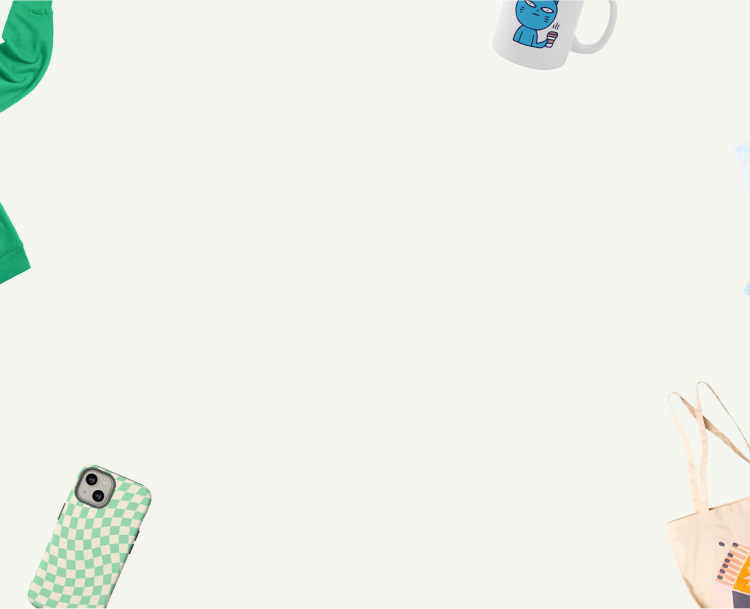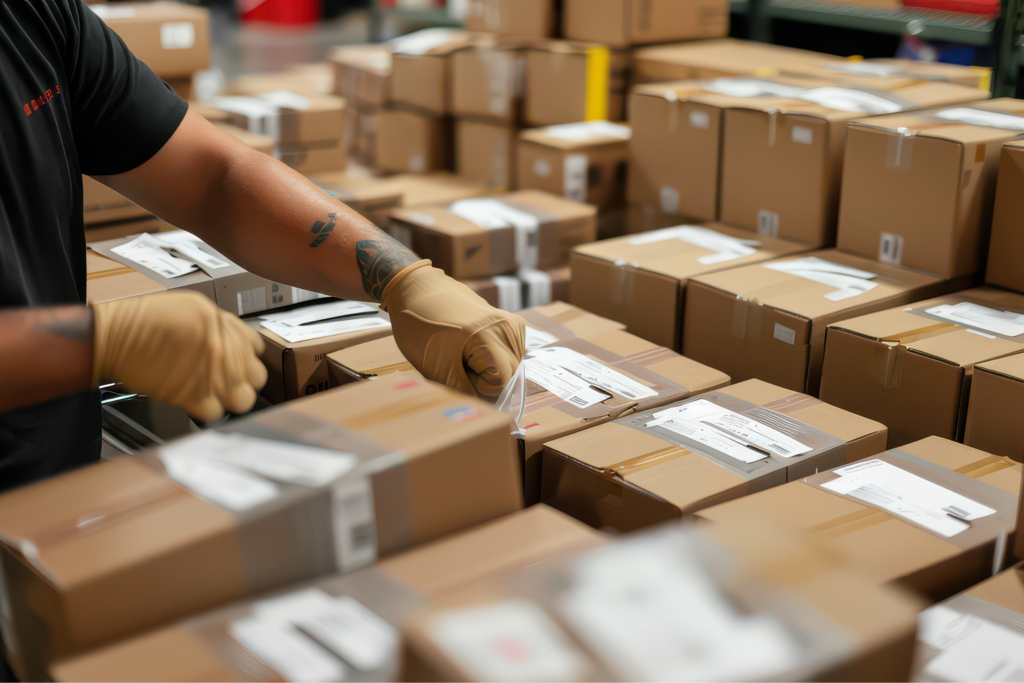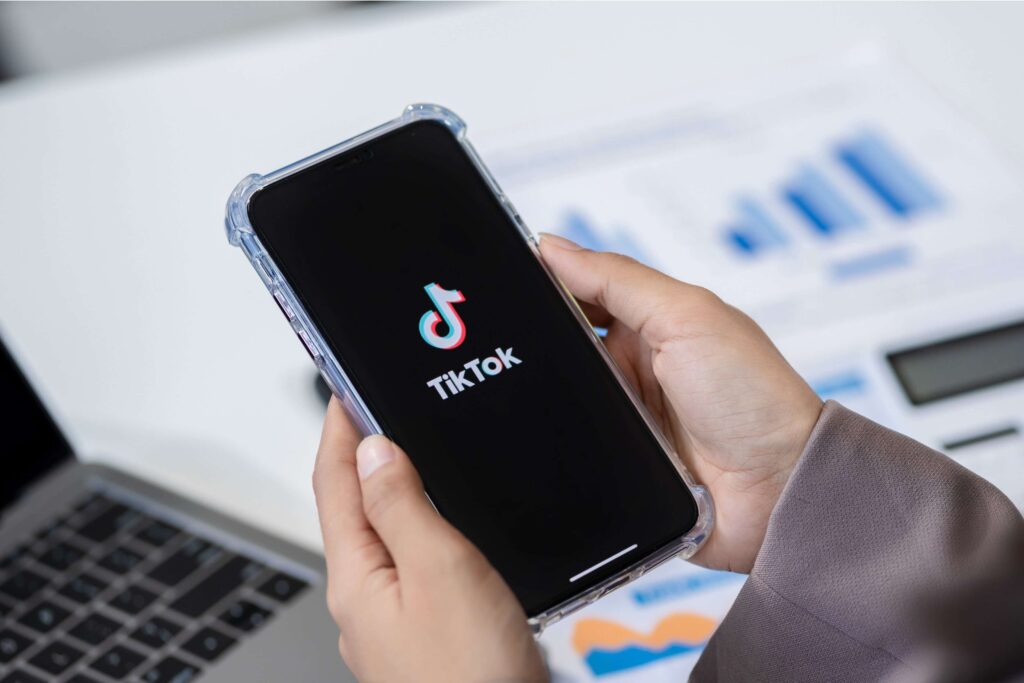Sell custom products with Printify
It’s the year 2020, and today’s retail world is all about production on demand and dropshipping. Anyone with a few hours a day, a creative mind, and a hunch to earn a quick buck are jumping on this bandwagon via sites like Alibaba wholesale and print on demand platforms.
The reason it’s such an appealing business model, especially for young entrepreneurs, is because you can cut out inventory, supply chain costs, suffocating landowners, and the ever-fickle retail service headache. Relying on third-party suppliers to stock, manage, and deliver your customers’ orders is where it’s at.
With the modern world paying special focus to uniqueness, nerve, and talent, plus a bit of specialization, these business models are a lifesaver. There are two main supply resources people use to sell: Wholesale via sites like Alibaba wholesale and print on demand via platforms like Printify. Each has its pros and cons and is very different, let’s take a closer look.
Alibaba wholesale vs Print on Demand
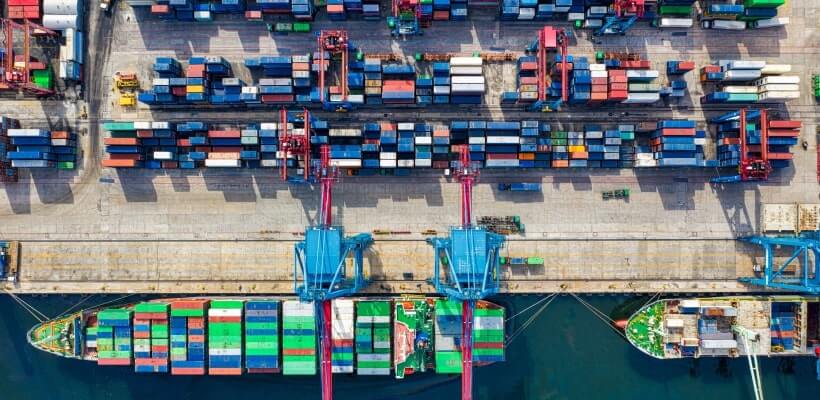
Alibaba wholesale:
This model of business requires buying in large volumes, also known as bulk purchases. It offers you products at a discounted price because the more you buy, the lower the prices you get. Every wholesaler’s main target, including Alibaba wholesale, is a product’s buying power. This is because the volumes sold by the wholesaler directly affects how much he can order from a manufacturer.
The larger the order to a manufacturer, the better the price he gets. This allows the manufacturer, the wholesaler, and the online seller to retain a higher profit margin. The downsides to wholesaling are initial investments that demand a steady cash flow and of course, storage solutions.
Print-On-Demand:
Perhaps the biggest selling point to print on demand dropship is the convenience of service with a large initial investment, a minimum order amount and warehousing. As opposed to wholesale, the whole model revolves around not needing volume purchasing, and instead, a seller is buying only one product at a time.
With print on demand, products are purchased upfront and are only paid for once they are sold. This means no cash flow needed, no stock in bulk which also means no holding facilities. The downside is in price; print on demand will never offer you the price that wholesale does.
How does Alibaba wholesale work?
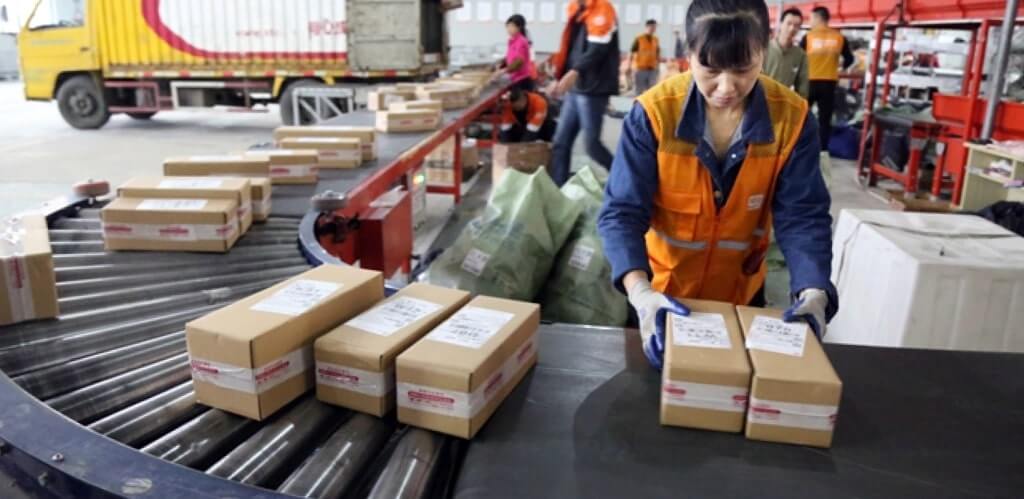
Alibaba is a B2B wholesale marketplace, where small businesses get their products from Chinese wholesale suppliers at a cheap rate to sell in the retail sector both on-ground and online. The Alibaba wholesale platform, Alibaba.com, contains a majority Chinese manufacturers and suppliers.
As a wholesale marketplace, Alibaba does not supply regular customers unless the customer fills up the minimum order quantity (MOQ). That means a buyer has to purchase a certain amount of stock item in one order. The MOQ is different for each supplier; the customer has to contact the supplier to know the MOQ.
What sets Alibaba wholesale apart is that it is the world’s largest bulk-purchasing marketplace. It is not a regular B2C marketplace so you will see things like minimum order quantity (MOQ) of up to 500 items per order. The type of sellers on Alibaba wholesale are manufacturers, trading companies and wholesale resellers. Alibaba wholesale works as a directory where you get products with exact suppliers’ information such as certification, contact, and other manufacturing details.
One major role Alibaba wholesale plays is verification. This helps buyers avoid fraudulent, fake, or unethical manufacturers. Verifications validate a product’s source and certification claims. One verification to look out for is the gold supplier membership. It helps you know suppliers who have been verified by a third agency and are legal in their locations.
Alibaba wholesale is widely preferred for its buyer protection services and payment methods. Alibaba wholesale offers secure payment and trade assurance. For instance, they have Alipay, which serves as escrow for the secure payment system. It ensures that a supplier doesn’t get paid until the buyer gets their products. Alipay is limited to only suppliers in the Alibaba wholesale program. The trade assurance program helps a buyer get a refund if the product delivered has quality issues or didn’t meet the product specifications.
Is it safe to buy from alibaba? Print on Demand as Alibaba wholesale alternative
Print on demand or simply POD, is a B2C retail model. Here you can find products of multiple suppliers and most probably the similar that Alibaba has. It is linked to other eCommerce marketplaces where many small businesses sell their products at the best market rates globally.
There is no minimum requirement of order. The buyer can purchase from one to multiple products from the same supplier at once.
When using print on demand, products like t-shirts, pillowcases, mugs, and socks are printed and fulfilled one by one and only after actual sales to their end customer. Print on demand is the only business model that allows a seller to customize and print a single product with no inventory or prior investment.
As a print on demand seller, you customize products with your own designs and under your own brand in order to sell them on a per-order basis. This means you don’t pay for the products upfront so there is no need to buy in bulk or stock up yourself.
Using Print on Demand via Printify
The Printify platform operates as a B2B – B2C middleman platform for print on demand. It connects custom white-label suppliers and print providers to online retailers – B2B – as well as online retailers to online customers via store integrations like Shopify and Etsy – B2C. Printify also simplifies and automates the process of creating your custom products and provides online sellers with the best prices on the POD marketplace.
Business model breakdown: Alibaba wholesale vs Print on Demand
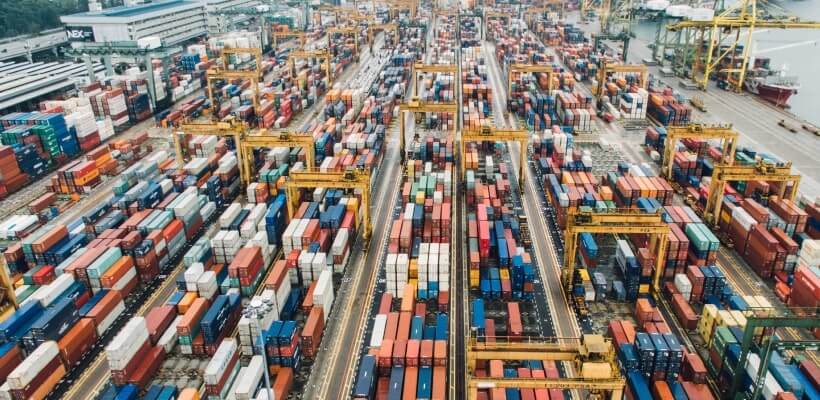
Alibaba is great if you want to sell private label products while Print on demand is great for readymade blank customizable products. Essentially, either of them will suit you depending on the eCommerce business model you are going for. Knowledge is power, so understanding the way the two business models operate will also help you figure out which is best for you. Here’s a breakdown of the three major model differences below.
Production and sourcing
The term says it all, with print on demand you’re doing just; customizing a singular blank product, uploading it on your online store, taking orders, and sending it to a print provider who takes care of the order fulfillment. You don’t deal with inventory, production and shipping. A platform like Printify is great for print on demand in this regard.
Print on demand allows you access to hundreds of products from different suppliers and you are not tied to exclusively using one. In most cases, you can decide your retail price and control your margins, because you are not bound to a suggested price.
With print on demand, you can choose to ship your products from more global locations than just China*. For example, there are numerous print providers located in the US and Europe.
This is especially good for you if your customer base lives in the US, making the delivery time shorter. All you have to do is publish customized products to your store, set your prices, sell your product, and have it shipped directly to your customer.
*The Coronavirus outbreak has greatly affected the operation of manufacturing facilities within China, in accordance with the Chinese government’s safety directives. At the moment, print on demand services from locations based in the US and Europe may be your best bet to continue sourcing products for sale while you wait for these facilities to resume their normal operations.
Alibaba wholesale
Alibaba wholesale is not for you if you want to only run your brand based on creative ideas and per order. Most suppliers on Alibaba wholesale do not print on demand. What you on Alibaba wholesale see is a bigger Minimum Order Quantity (MOQ) that will be delivered to only one location. Delivering 500 t-shirts to one customer only makes sense if the customer is a retailer which broadly narrows your market.
On both models, many other people are selling the same product as you but with print on demand, not everyone has your exact ideas. That is how you differentiate your brand from the rest. A well-received idea combined with print on demand will grow your brand. With Alibaba wholesale, unless you’re ordering a private label, most products are similar. None of the Alibaba wholesale brands are great for POD.
White label vs private label
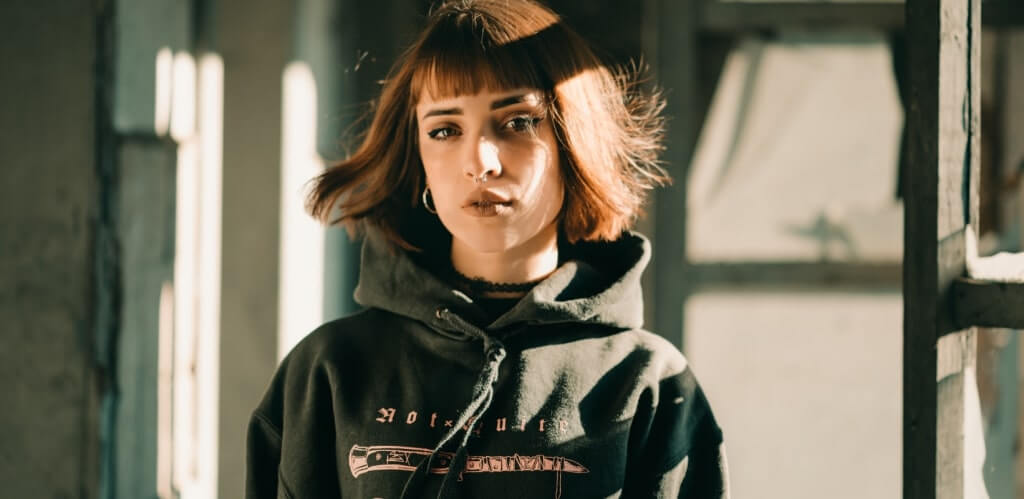
Print on Demand
A white label product is a generic product that is created by a manufacturer for sale by many retailers. Each retailer is allowed to resell the product under its own name and branding. With white label products, the retailer is able to charge a premium on the product by attaching its existing brand because of its position in the marketplace.
Most print on demand platforms offer white label products and none offer private label services. Most often than not, those offering white labeling are not on Alibaba wholesale. You will have to sift through a lot of sellers on Alibaba wholesale to find great custom products that are readily available on print on demand.
Alibaba wholesale
A private label product is typically sourced from a manufacturer and then sold under the retailer’s brand for exclusive sale. Because of this, retailers have the ability to make changes to the product to develop their own unique brand. Private label products are usually less expensive but rely on great branding and marketing to bring in a large profit.
Alibaba wholesale is a great source for finding private label manufacturers looking to create custom-designed products or add slight modifications. You can find out more details about the manufacturer and contact them to find out what modifications they provide with the products.
Minimum order quantity (MOQ)
Minimum Order Quantity, popularized as MOQ, is the lowest number of pieces you can order per item.This is an essential aspect of product sourcing and is a huge differentiator of these two business models. While there is no minimum order quantity for print on demand, every product listed on Alibaba wholesale has the minimum amount that you can order. Suppliers on print on demand offer one unit at a time for custom products while on Alibaba wholesale, some go up to 500 minimum pieces per order. If you are looking to start small, this will eliminate a good number of suppliers from your list.
Print on Demand MOQ
You can order one product on print on demand. Very few platforms require sellers to make about ten. This is because most products on print on demand are already manufactured and ready for processing. Since the products are ready, suppliers don’t spend much on customization and allow you the convenience of no stock.
Alibaba wholesale MOQ
While most products on Alibaba wholesale allow modifications, to modify products, manufacturers require a certain number of units to be made at a time. That is the best way they can make a profit. As a result, you will see products with MOQ of 50 or as high as 500.
To encourage a higher-order, some suppliers even place an MOQ that isn’t the actual MOQ, for instance, a 50 when it’s actually 10. The reason maybe they forgot to update it, but your modification request may make the MOQ go up.
Print on Demand vs. Alibaba wholesale: side by side comparison
Print on demand and Alibaba wholesale both serve their purpose. Print on demand is great if you want to start small and not order a lot or deal with customizations and long production time. It is also good for a retail eCommerce business. In addition, the process of finding and connecting with suppliers is not complex.
Alibaba wholesale is good for a private label or white label. If you are going for Alibaba wholesale, there will be a lot of time spent verifying what you can get, what licenses are available and other details.
Here’s a side by side look to guide you through the planning and help you choose the most suitable model for your business.
| Print on Demand | Alibaba wholesale |
|---|---|
| Not so much interaction with print providers | Work directly with manufactures |
| No MOQ in most cases | MOQ of at least 50 in most cases |
| Can only negotiate the price of bulk items | Can negotiate the price of any item |
| Shorter lead times before production | Lead time can be long – up to 6 months |
| Private Label: Cannot modify products | Private Label: Can modify/customize prosucts |
| White Label: Can add your logo | White Label: Can add your logo |
| Free shipping is very possible | Free shipping depends on the ‘generosity’of the supplier |
| Shopping cart present | No shopping cart |
| The seller will handle fulfilment if you input your buyer’s address | You take care of order fulfilment yourself |
| Low startup costs | Low cost possible, but higher than Print on Demand due to higher MOQ |
Alibaba wholesale or Print on Demand – which one is best for you?
Alibaba wholesale is more of a business-to-business (B2B) eCommerce website which provides a smooth trading experience for both the sellers and buyers. The suppliers on Alibaba wholesale are mostly manufacturers or resellers of products who trade these items in large quantities and at wholesale rates. Alibaba wholesale is suitable for small to medium-sized businesses that are looking to source large amounts of products or highly customized items in bulk.
Print on demand, on the other hand, is much suited for small businesses that are only interested in buying smaller quantities of products. Print on demand allows you to order as few as a single item and make payments via select payment methods that can be connected to both the print on demand platform and your online store solution.
How to set up your Print on Demand business with Printify
Printify is a great platform to take advantage of print on demand. While some additional aspects may be included, there are three fundamentals one should follow; Establish your business niche, create your brand, identify your target audience and connect to a print on demand partner. Here’s a quick dive into the fundamentals:
1. Establish your business niche and target audience
What sets your business apart from the thousands of print on demand sellers is your unique idea that connects to a multitude of potential customers. A niche is a unique following or audience that gives you the edge that is required to create a demand for your print on demand store. Since creative ideas are an extension of your personality, thorough market research can help you identify your passionate and engaged niche. It would also make it easier for you to understand their needs and offer solutions to make them work for your brand. By understanding your audience, you will also understand what makes a great product for them and how to market it.
2. Create your brand and customize products
The Printify platform already has many blank products sourced from multiple suppliers, readily available. With your creative ideas, you can bring these products to life by customizing them on our easy to use Product Creator (formerly known as Mockup Generator), that requires basic skill to customize products. Branding your products to match your ideas is the most important skill-set you need. Printify helps take care of the rest.
3. Market and sell your merchandise
By this step, you should feel confident to start getting into a passionate eCommerce venture that you both enjoy and is lucrative. Using print on demand does not require you to be a graphic designer or photography guru, all you need is your passion and creativity. You also benefit from marketing tips offered to you by the many eCommerce platforms available online.
Design tools for Print on Demand: our Product Creator
While many software programs are available to help create products, Printify saw a gap in actually placing artwork and publishing to an eCommerce store. The solution: offer a free to use Product Creator to all its users. Once you pick the product you wish to customize, you must make sure that your design files fit the requirements for a high-quality print – pay attention to the size indicated at the bottom right of the user panel for the best pixel size for printing. After you apply your designs, check out the preview to check that it looks exactly how you want it. It’s important to note that we also automatically check the quality of your product design and we will let you know if it does not meet the printing standards.
Preview the products with your designs by switching to “Preview Mode” to view the product from different angles. You can also use these high-quality product images for your online store. Once you make a sale, your custom products will be produced and shipped directly to your customers, leaving you with peace of mind.
Picking an eCommerce platform on Printify
There are more and more online store platforms springing up every day. When you are ready to set up a print on demand store, you may be overwhelmed with the choices of an eCommerce platform. We have a few examples of other seller choices to help you find your best eCommerce partner.
Many artists and craft makers choose Etsy because it is a great online marketplace for print on demand. It has a large following with a demand for handmade, art style and crafted products. With Etsy, you also get marketing tools that help gain quick exposure.
Shopify is the largest online e-commerce platform in the world. It is usually preferred by creatives who would like to own their sites and have a bit more creative leeway on how to brand their storefront. Use Shopify if you would rather your own domain name as well as access to advanced sales metrics and analysis.
If you would like a fully custom-looking site with a little more help from renowned designers, Wix is the platform for you. With over 500 designer-made templates, Wix gives you a variety of options when it comes to designing your store. You can also use the inbuilt site editor to make sure your template-made site looks as uniquely yours as possible
What if you already have a website and don’t want to transition to any other platform? Woocommerce is a free online shop plugin for WordPress. It enables you to host your own WordPress site, without tethering to any other platform owners. If however, you are more technical and would prefer a completely independent web host but still want to use Printify, the Printify API is a great option.
Why choose Printify for Print on Demand
Printify is one of the most preferred platforms for print on demand. In fact, over 300,000 online entrepreneurs choose Printify for their print on demand needs. Not only do we connect you to our network of 15 print providers with more than 90 printing factories, but we also have a catalog with over 230 items ready for you to customize.
We then drop ship your personalized products directly to your customers, relieving you of the hustle to find capital, warehouse storage or delivery channel. We also provide a direct channel to popular online store platforms such as Shopify, Etsy, eBay, Wix and many more by integrating with them to provide ease of use across these platforms. What’s not to like?
Why go Print on Demand?
We’ve established that Alibaba wholesale and the needs it meets can be just what a business is looking for. But if you’re a small business who wants ease of use and a convenient business model, then Print on demand is the way. There’s no need for a huge investment, no need for storage space or inventory. What’s more, you pay only after you sell, you never go out of stock and you never end up with unsold products.
Print on Demand automates your fulfillment and shipping processes which means that you have a lot more time to build your brand and focus on growth. So don’t wait long to start a successful print on demand business, make the change today.
FAQ
The top choice for most entrepreneurs is Printify. With the industry’s largest product Catalog, beginner-friendly design tools, seamless integrations with Shopify, Etsy, Amazon, and more, plus 24/7 merchant support, Printify makes it easy to launch and scale your POD store. You design, we handle printing, packaging, and shipping worldwide.
Absolutely. Print on Demand is thriving, with the global market projected to reach nearly $60 billion by 2033. At Printify, more than ten million merchants are already building profitable businesses – some creating side income, others scaling into full-time ventures. Success comes from picking the right niche, creating strong designs, and marketing effectively.
Yes! Amazon is one of the biggest sales channels for POD, and Printify integrates directly with it. That means you can design and publish your custom products on Amazon, and our network of Print Providers will handle printing, packing, and shipping. With Amazon’s reach in more than 100 countries, you can tap into a massive audience from day one.
Getting started is simple:
- Sign up for a free Printify account.
- Pick products from our Catalog (apparel, mugs, home decor, posters, and more).
- Customize designs in the Product Creator – upload your art, add text, or use our AI tools.
- Connect your store on Shopify, Etsy, Amazon, or another sales channel.
- Sell worldwide while Printify handles printing, fulfillment, and shipping.
Start today with no upfront costs and scale as your business grows.
